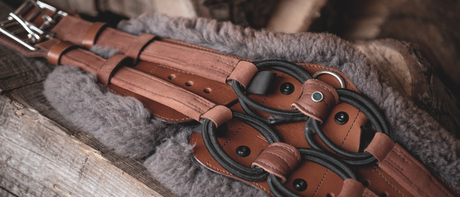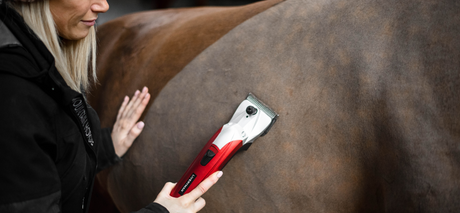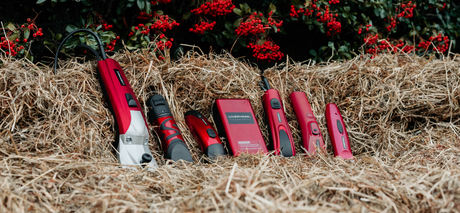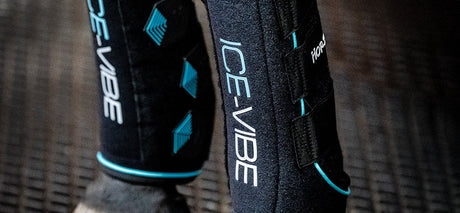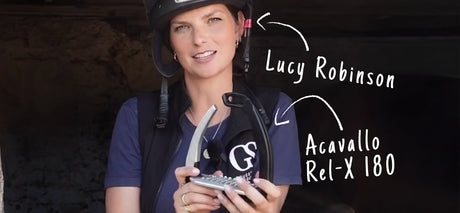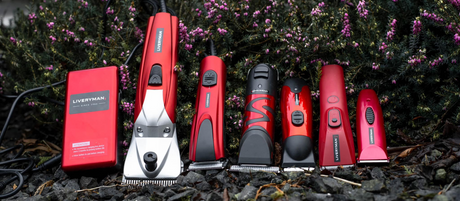Let’s look at one very basic assumption:
Traditionally people have believed that a fat mouthpiece is kind and a thin one is severe. But this cannot be a universal rule. Indeed many factors need careful consideration for instance the horse’s mouth conformation, anatomy, breed, age, level of training, bit size and not forgetting rider competence. These are all important factors when deciding on what thickness of mouthpiece is most suitable.
The conformation of every individual horse is very different.
These are all important factors when deciding on what thickness of mouthpiece is most suitable.
There is a happy medium to be found and if there is insufficient room in the horse’s mouth, then fat is not kind. Indeed a bit that is too fat for the limited space within the mouth may even impair the horse’s ability to breathe and swallow especially when coupled with hyper-flexion (behind the vertical).
Materials are also influential and there are many different types used in the making of bits, one of which is plastic. This type of material does not slide over the skin as readily as metal and there is always some surface drag. When these bits are used for faster work this excessive friction has been known to cause severe rubbing.
Stainless steel, which is still extensively used, is an extremely hard and cold metal with very low thermal conductivity this causes many horses to inwardly fixate on the presence of the bit, rather than the signals through the rein.


